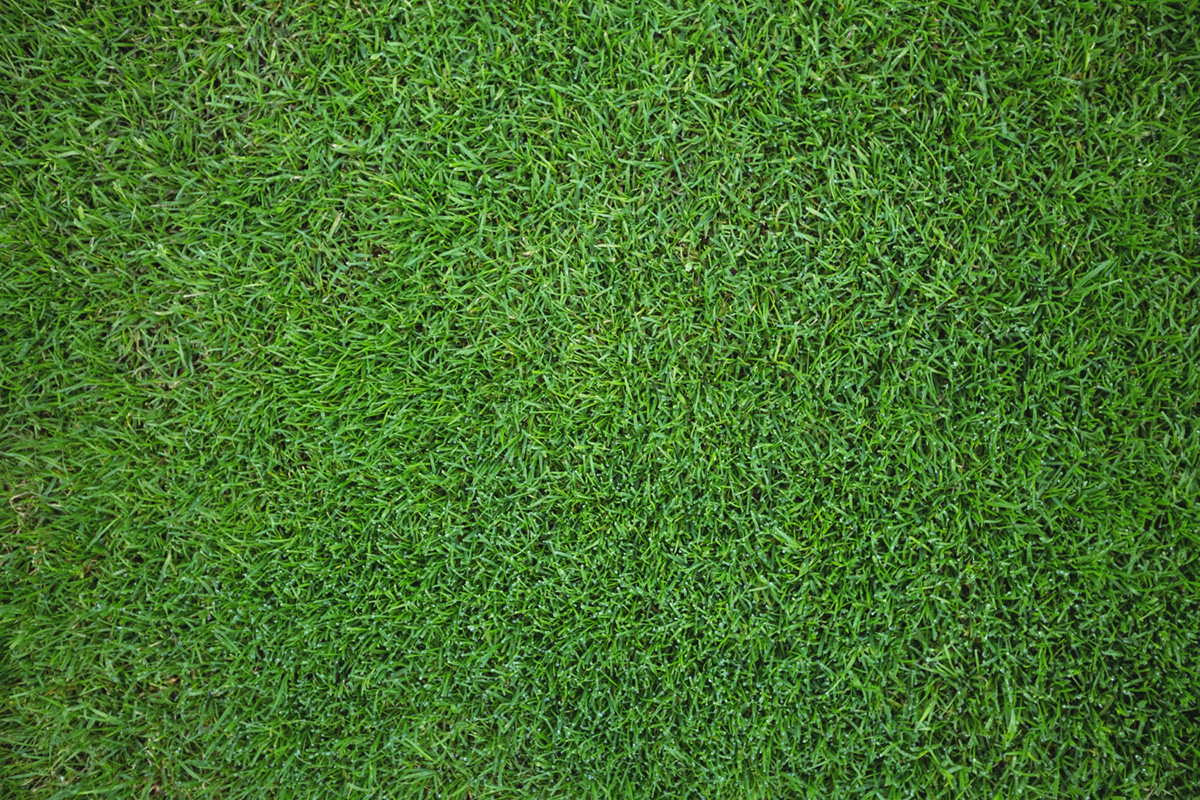Tips for Infilling Synthetic Turf Grass

Synthetic turf has become a popular choice for homeowners and business owners looking for low-maintenance landscaping solutions. Whether you're looking to create a lush lawn, a putting green, or an outdoor play area, synthetic turf can offer many benefits, including cost savings, water conservation, and easy upkeep. However, one component that can make all the difference in the quality and longevity of your turf is infill. In this blog post, we'll explore what infill is, why it's important, and offer some tips to help you infill your grass effectively.
1. What is Infill?
Infill is a material that is added to the synthetic turf to help it maintain its shape, provide cushioning, and promote drainage. Different types of infill can be used, including sand, rubber, and organic materials like cork or coconut fibers. Infill helps prevent the turf from flattening out over time and also provides a more natural feel underfoot. The type of infill you choose will depend on your specific needs and preferences.
2. Why is Infill Important?
Infill plays a critical role in the performance and longevity of your synthetic turf. It helps to stabilize the blades of grass, prevent matting and fading, and provide a soft surface that is safe for children and pets to play on. Properly infilled synthetic turf will also promote drainage, preventing water from pooling on the surface and creating mud or other hazards. Infill is also crucial for maintaining the look and feel of your turf; without infill, the grass can become flattened and unattractive.
3. Tips for Effective Infilling
When infilling your synthetic turf, there are several key factors to keep in mind. First, make sure to choose the right type of infill for your specific application. For example, rubber infill is preferred for sports fields because it provides cushioning and helps prevent injuries, while sand infill is better for landscaping applications because it promotes drainage. Next, make sure to install the infill evenly and thoroughly, using a rake or other tool to spread the material evenly across the surface. Finally, make sure to regularly check the infill levels and make adjustments as needed, particularly in high-traffic areas.
4. Choosing the Right Synthetic Turf Installer
If you're considering synthetic turf installation for your property, it's important to choose a reputable and experienced installer. From The Ground Up Landscaping is a trusted provider of synthetic turf installation services in Florida. We offer free estimates, personalized design and installation services, and reliable customer support to ensure your satisfaction with your new turf. Our team has the expertise and experience to help you choose the right infill for your specific application and provide effective installation services that will bring your landscaping vision to life.
Conclusion
Infill is a critical component of synthetic turf installation, and effective infilling is essential for maintaining the look, feel, and safety of your turf. By choosing the right type of infill, spreading it thoroughly and evenly, and checking levels regularly, you can keep your synthetic turf looking and performing at its best for years to come. If you're looking for a trusted synthetic turf installer in Florida, contact From The Ground Up Landscaping today for a free estimate and personalized service that will meet your needs and exceed your expectations.